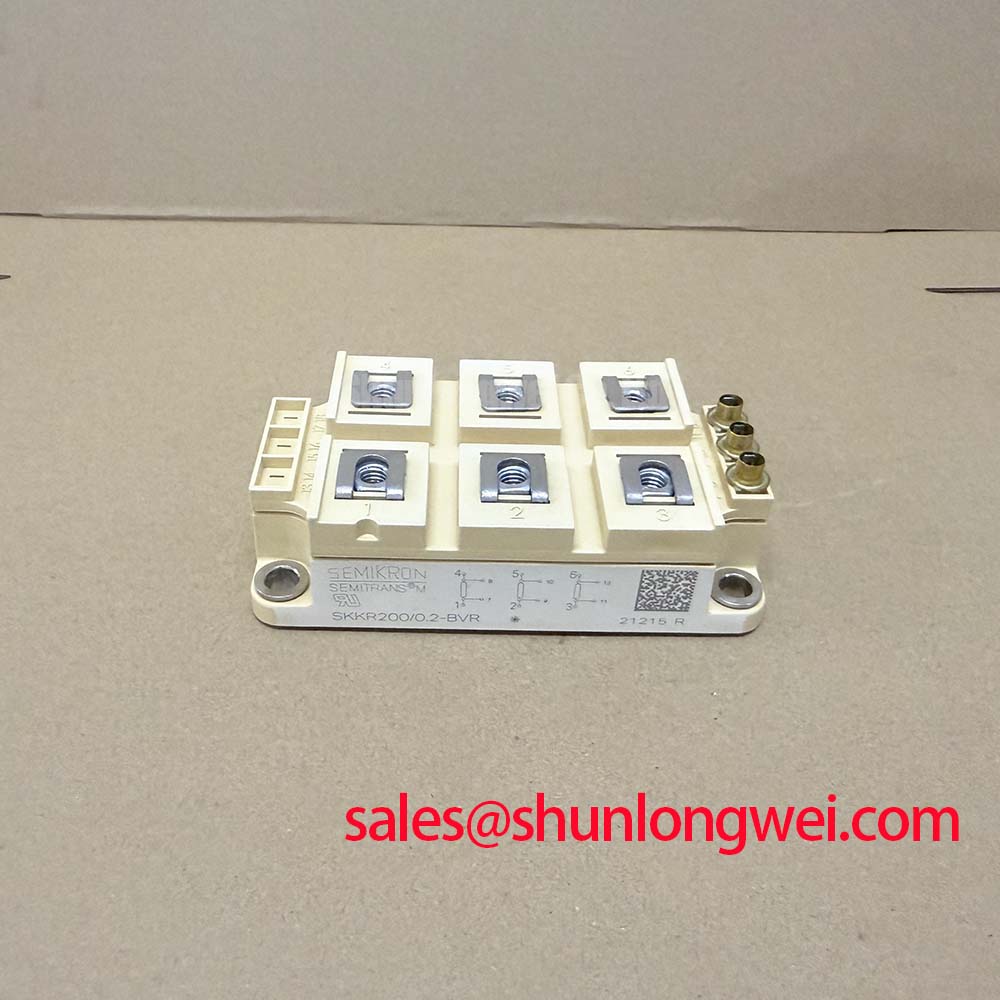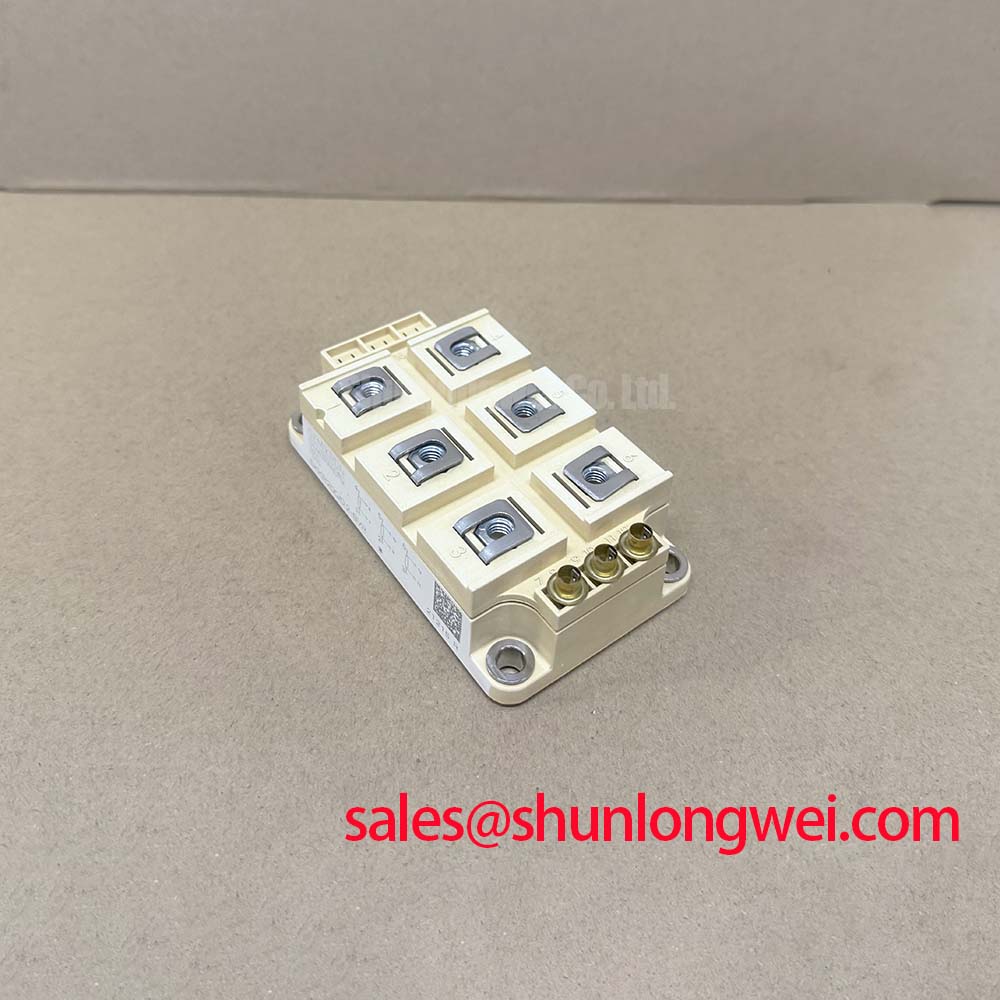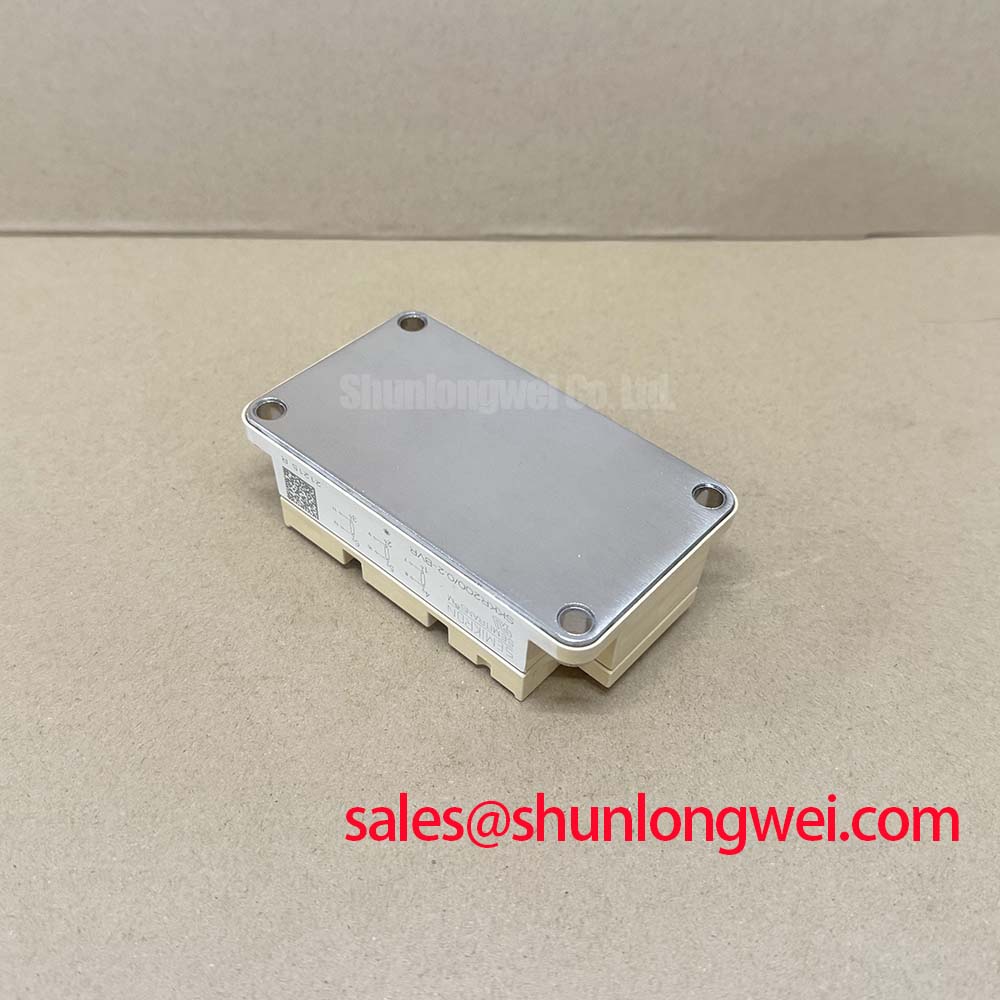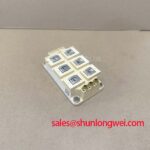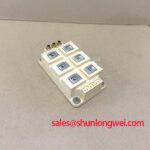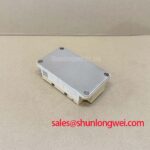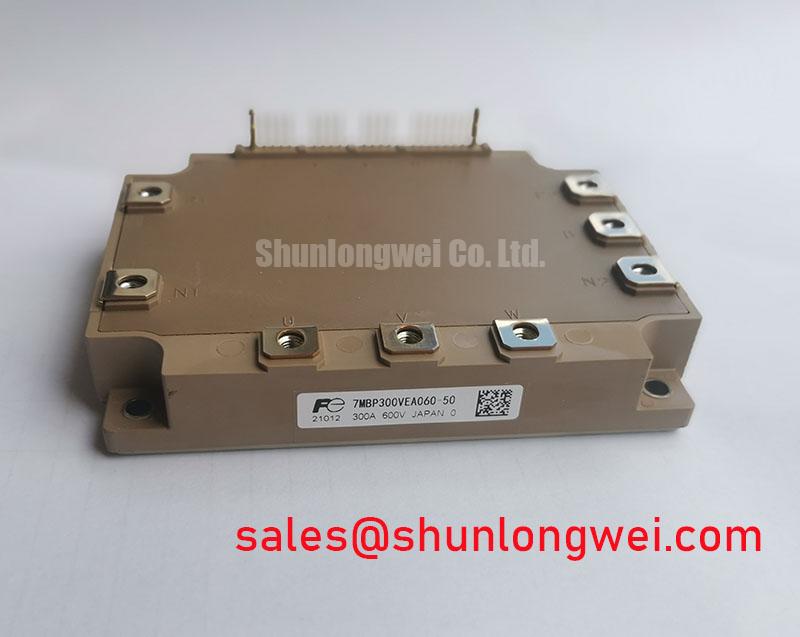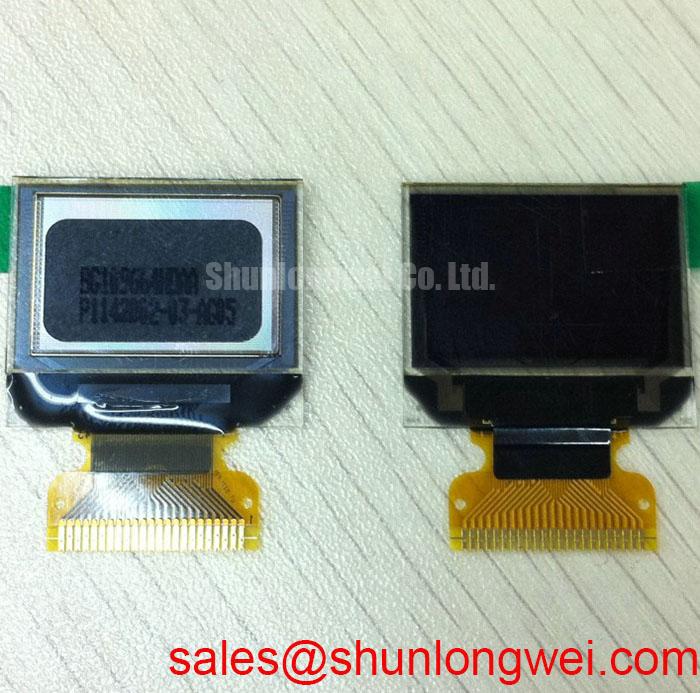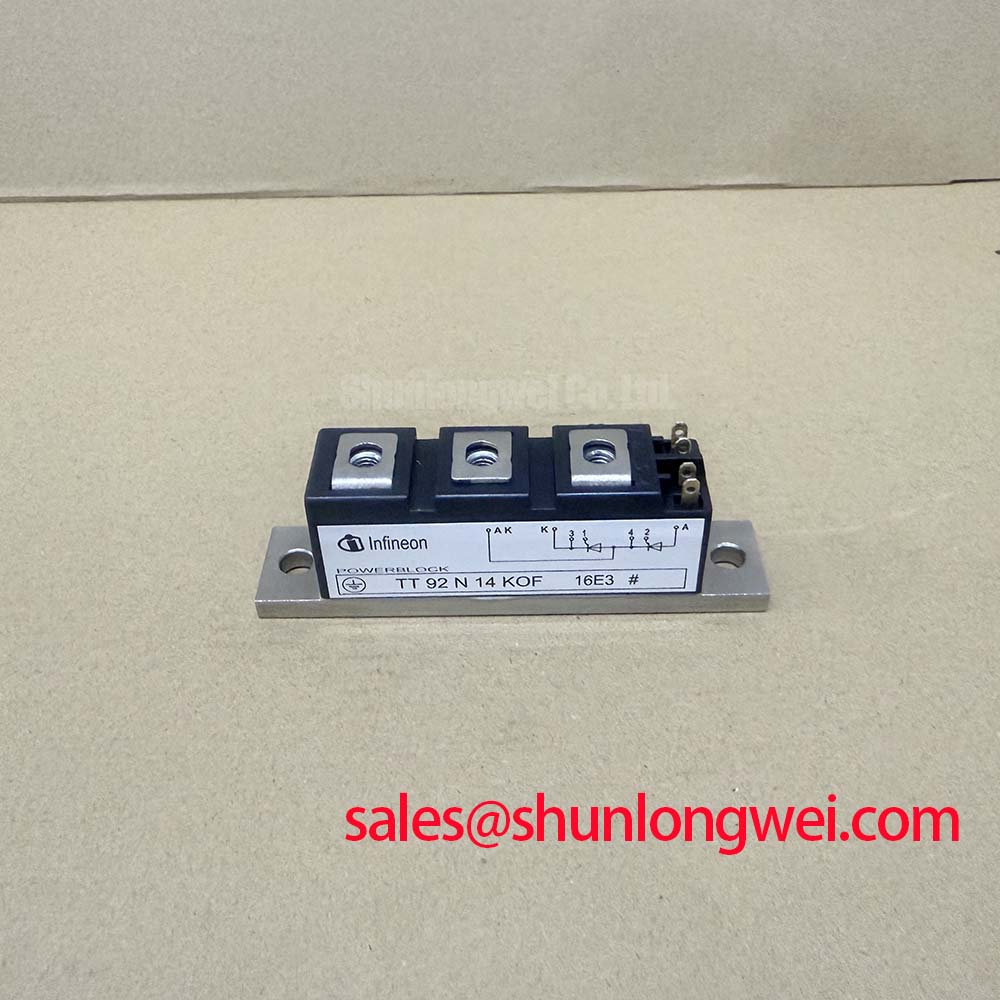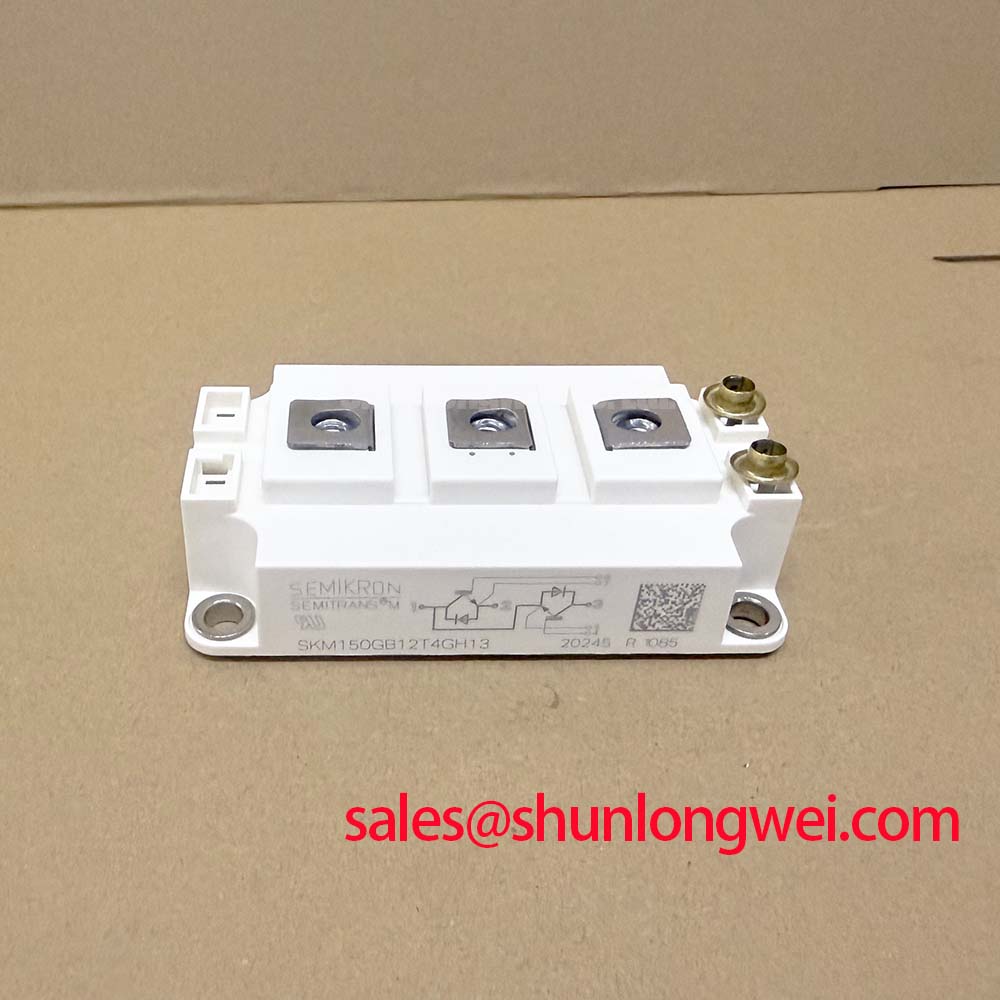```html
SKKR200/0.2-BVR Rectifier Module: Thermal Reliability Focus
SKKR200/0.2-BVR Rectifier Diode Module: Engineered for Durability
The Semikron SKKR200/0.2-BVR is a rectifier diode module that delivers exceptional operational lifetime and thermal stability, built upon advanced pressure contact technology. This design fundamentally addresses common failure modes in high-power applications. By eliminating solder joints, which are prone to fatigue over thermal cycles, it ensures sustained electrical and thermal performance. This module is architected for systems where long-term reliability is a primary design criterion.
- Top Specs: 200V VRRM | 200A ID | 0.15 K/W Rth(j-c)
- Key Benefits: Superior thermal cycling endurance; Simplified system assembly.
Operational Contexts: Where Thermal Stability is Paramount
The robust construction of the Semikron SKKR200/0.2-BVR makes it a fitting component for demanding industrial environments. Its primary value is realized in applications that undergo frequent on/off cycles or fluctuating loads, scenarios where traditional soldered modules can degrade over time. The module's design ensures consistent performance and longevity.
Key application areas include:
- Uncontrolled Rectifiers for AC/DC Conversion: Serving as the front-end for Variable Frequency Drives (VFDs) and industrial motor controls.
- High-Current Power Supplies: Providing the core rectification stage in industrial-grade power units and battery charging systems.
- Welding Equipment: Withstanding the high surge currents and repetitive thermal stresses inherent in welding power sources. What is the core advantage of pressure contact technology? It boosts long-term reliability by eliminating solder joint fatigue.
With its 4500A IFSM rating, this module is the definitive choice for uncontrolled rectifier stages in industrial welders requiring high fault-current survivability.
Strategic Integration: The Long-Term Value of Pressure Contact Design
Integrating the SKKR200/0.2-BVR into a power system is a strategic decision that favors total cost of ownership (TCO) over initial component cost. The elimination of solder fatigue as a failure mechanism directly translates to extended service intervals and reduced field failures. This level of reliability is critical as industries move toward automation and predictive maintenance, where system uptime is paramount. Furthermore, the module's isolated baseplate simplifies mechanical design and assembly, reducing the need for additional insulating materials and potential points of thermal or electrical failure. For systems that require controlled rectification, a thyristor-based module such as the SKKT162/12E provides complementary functionality.
Performance Metrics at a Glance
The following table highlights the key performance parameters of the SKKR200/0.2-BVR, derived from the official datasheet, to facilitate engineering evaluation.
| Parameter | Value |
|---|---|
| Repetitive Peak Reverse Voltage (VRRM) | 200 V |
| DC Forward Current (ID) @ Tc = 85°C | 200 A |
| Surge Forward Current (IFSM), 10ms, Tvj=25°C | 4500 A |
| Thermal Resistance, Junction to Case (Rth(j-c)) per diode | 0.15 K/W |
| Insulation Test Voltage (Visol), 1 min. | 3000 V~ |
Download the Datasheet for complete specifications and performance curves.
A Closer Look at Solder-Free Construction
The defining feature of the Semikron SKKR200/0.2-BVR is its reliance on pressure contact technology. This mechanical design philosophy offers a distinct advantage over conventional soldered modules. In a pressure contact system, the silicon die is held under a precise, high force between robust metal contacts. This approach creates a reliable electrical and thermal connection without the use of solder layers, which are susceptible to cracking and degradation from repeated expansion and contraction during thermal cycles. For more information on the importance of thermal pathways, see our guide on unlocking thermal performance.
The engineering benefit is twofold:
How does the isolated baseplate benefit system design? It allows direct mounting to a heatsink, simplifying assembly.
Data-Informed Component Evaluation
When evaluating rectifier modules, it is crucial to look beyond basic voltage and current ratings. The SKKR200/0.2-BVR, manufactured by Semikron, presents a compelling case based on its construction and thermal metrics.
Thermal Resistance (Rth(j-c))
A key parameter for any power semiconductor is its Thermal Resistance from junction to case. The SKKR200/0.2-BVR's value of 0.15 K/W per diode signifies a highly efficient path for heat to escape the semiconductor junction. Think of thermal resistance as the narrowness of a pipe; a lower value represents a wider pipe, allowing heat to flow away with minimal restriction. This efficiency enables the device to run cooler under load, which directly enhances both its reliability and its capacity to handle current.
Isolation and Mounting
The integrated 3000V isolation simplifies the thermal design by allowing the module to be mounted directly onto a grounded chassis or heatsink without requiring a separate, thermally resistive insulating pad. This not only improves heat transfer but also reduces component count and assembly labor, contributing to a more streamlined and cost-effective manufacturing process. A deep understanding of these parameters is crucial, as explored in guides on decoding power module datasheets.
Designing for the Future: A Commitment to System Longevity
Choosing the SKKR200/0.2-BVR rectifier diode module reflects a design philosophy that prioritizes not just immediate performance but the long-term operational integrity of the entire system. In an industrial landscape where uptime and reliability directly impact profitability, leveraging components with inherently robust technologies like pressure contact provides a significant competitive advantage. This module enables the development of power conversion systems that are not only powerful and efficient but are also built to endure the rigors of their intended operational environment for years to come.
```

